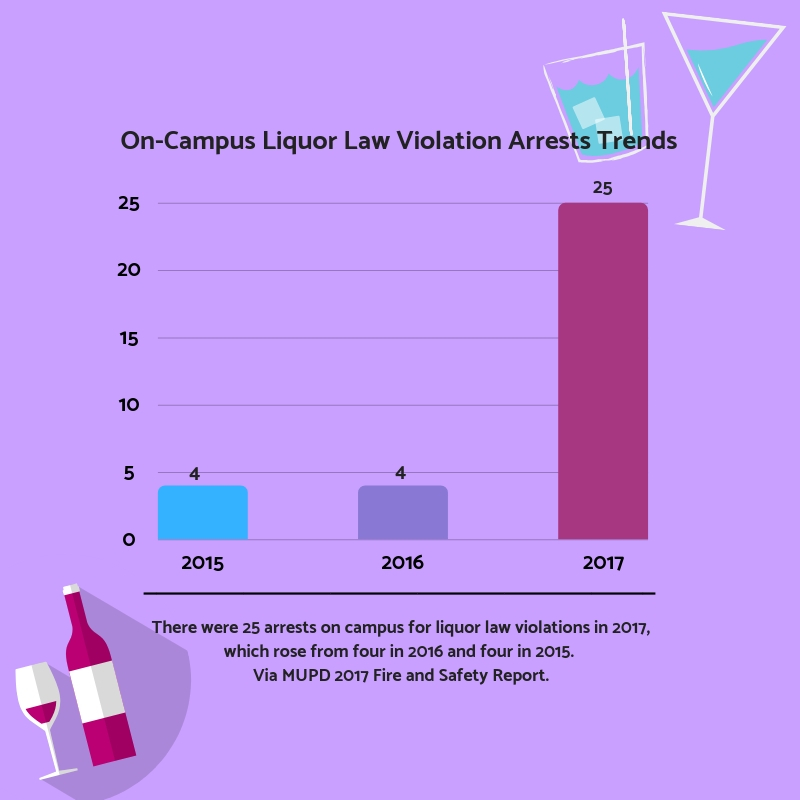 College and professional football seasons are underway and while I get my fill from checking the generally poor showing of Minnesota teams, I am not as attached to what is going on as some of my classmates.
College and professional football seasons are underway and while I get my fill from checking the generally poor showing of Minnesota teams, I am not as attached to what is going on as some of my classmates.
However Monday’s headlines suggest our football culture has a lot more going on than statistics. The National College Athletics Association lifted its restrictions on Penn State’s football program two years before the previously set time, while the Baltimore Ravens terminated Ray Rice’s contract after video confirmation showed him punching Janay Palmer, his then-fiancée and now wife.
News of these stories broke around the same time Monday and has continued to unfold, with statements such as Palmer’s Instagram comment calling on the media to leave the issue alone and respect the couple’s privacy.
“No one knows the pain that the media & unwanted options from the public has caused my family. To make us relive a moment in our lives that we regret everyday is a horrible thing,” said Palmer.
While these events are distributed to the masses, often in a sensationalized manner, the main conversation should revolve around the social issues brought up and how we need to react to them. In the case of Rice and Palmer, domestic violence is the hot-button issue with a greater question of how violence relates to physical skill in athletics.
Football players spend their careers either hitting or avoiding being hit by other men in a game where aggression and defense are the keys to success. Hockey fights are an exciting part of the game where fans stand on their feet for their team’s player to win out. This behavior is normal in the game, providing entertainment in the moment and the greater context of the game.
We praise these displays of physicality, yet there is little note on how these actions would be taken outside the context of athletics. Rice’s actions are an extreme case for professional and collegiate athletes and while the vast majority of athletes don’t exhibit these same behaviors, there could be more that do behind closed doors. Differentiating positive and negative aggression may be difficult when hitting someone elicits praise in some sports but not so much in athletes’ personal lives.
While some people think aggressive aspects like fights or big tackles should be restricted, sports will continue to be physical, with hits and checks leading to game-changing moments. But if this physicality is what keeps us on the edge of our seat until the last minute, we might need to rethink our perception of violence in its many manifestations. Aggressive pastimes should not translate to violence in the home and this holds true for both players and viewers.
Society’s domestic violence problem is not going anywhere if we are unable to change how we see aggressive activity in its different forms. The violence in our entertainment, from movies to sporting events, may lose its shock value, but we need to remain conscious of how violence plays out in our society to the detriment of many.




